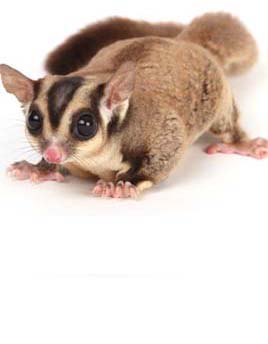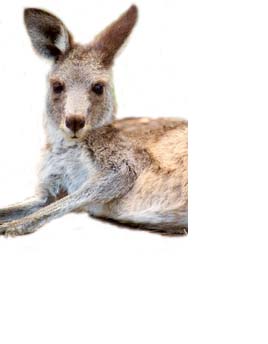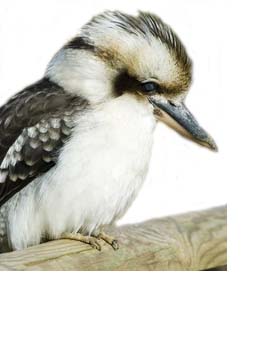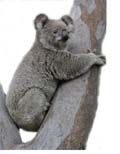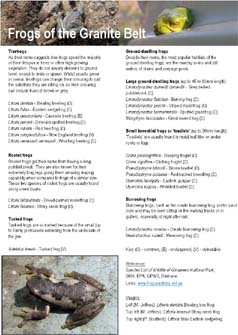|
Treefrogs
As their name suggests tree frogs spend the majority of their lifespan in trees or other high growing vegetation. They do not usually descend to ground level, except to mate or spawn. Whilst usually green in colour, treefrogs can change their colouring to suit the substrate they are sitting on, so their colouring can include hues of brown or grey.
|
|
|
|
Treefrogs of the Granite Belt include:
Rocket Frogs Rocket frogs get their name from having a long, pointed snout. They are also known for their extremely long legs giving them amazing leaping capability when compared to frogs of a similar size. These two species of rocket frogs are usually found along creek banks.
Rocket frogs of the Granite Belt include:
Tusked Frogs Tusked frogs are so named because of the small (up to 5mm) protrusions extending from the underside of the jaw.
Tusked frogs of the Granite Belt include:
Ground-Dwelling Frogs Despite their name, the most popular habitats of the ground dwelling frogs, are the marshy soaks and still waters of drains and seepage pools.
Large Ground-Dwelling Frogs (up to 45 to 80mm length) Large ground-dwelling frogs of the Granite Belt include:
Small Terrestrial Frogs or 'Toadlets' (up to 30mm length) 'Toadlets' are usually found in moist leaf litter or under rocks or logs.
Toadlets of the Granite Belt include:
Burrowing Frogs Burrowing frogs, such as the ornate burrowing frog, prefer sand soils and may be seen sitting on the walking tracks or in gutters, especially at night after rain.
Burrowing frogs of the Granite Belt include:
Key: (C) - common, (E) - endangered, (V) - vulnerable Reference: Species List of Wildlife of Girraween National Park, 2004, EPA, QPWS, Brisbane |
||
|
Please click on the image above to download a copy of our Frogs of the Granite Belt brochure. |
||

